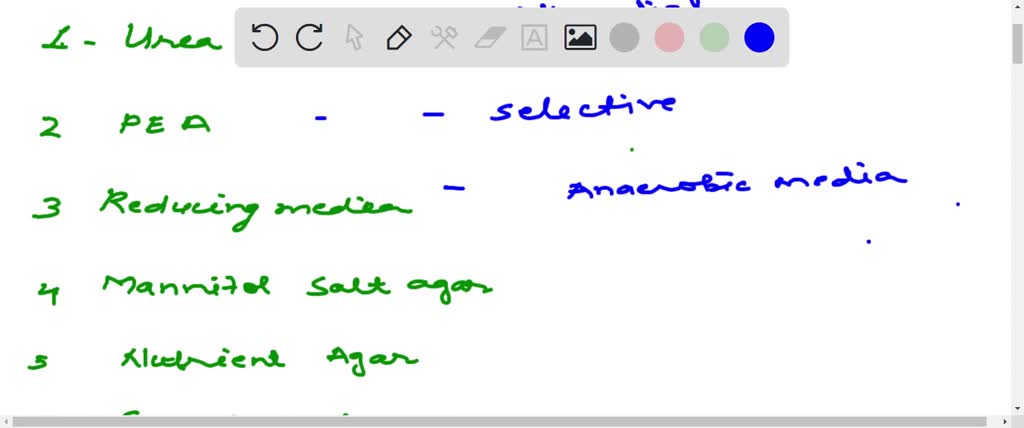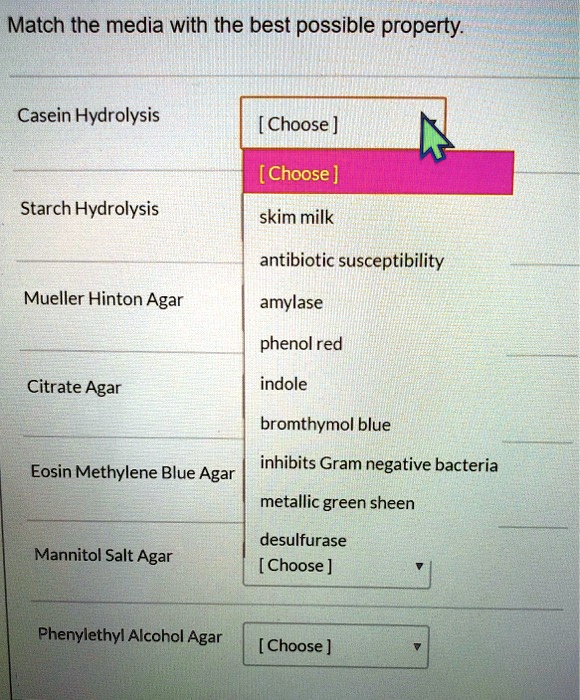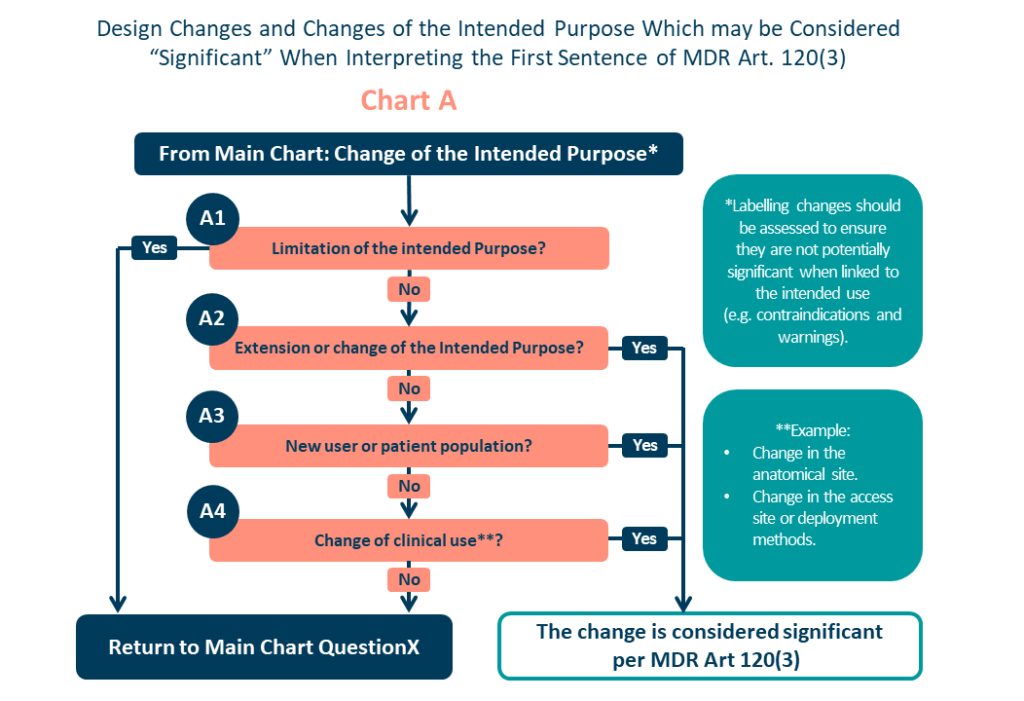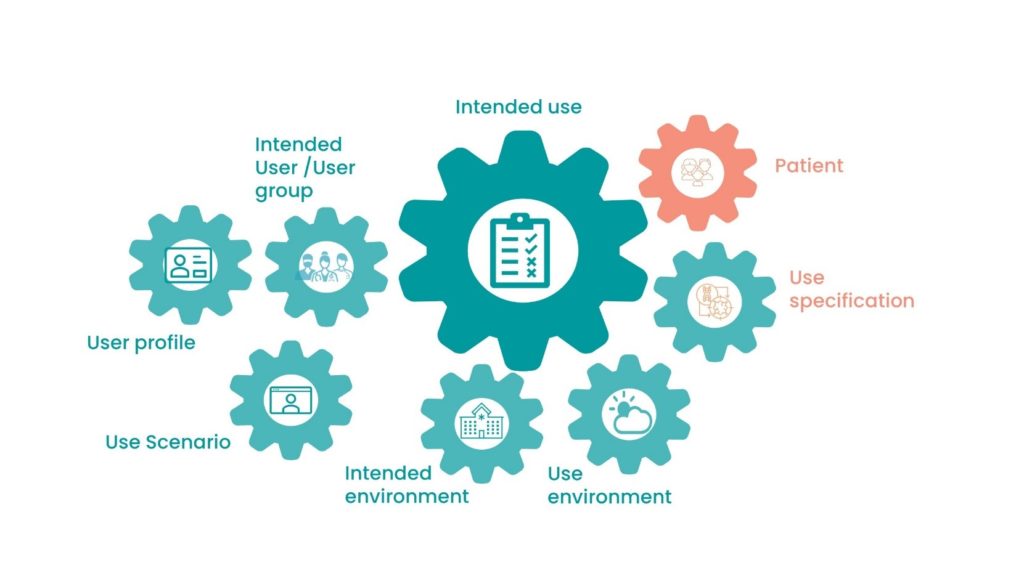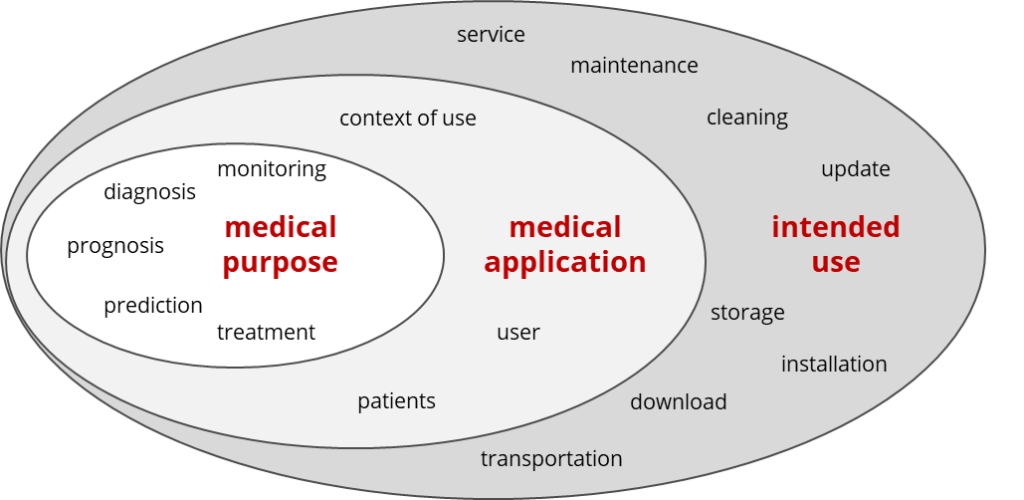Match The Media With Their General Intended Purpose Or Category.

Confusion reigns as experts scramble to correctly categorize a surge of media content, leading to widespread misinterpretation and potentially damaging consequences. The rapid evolution of media formats demands immediate action to establish clear classifications.
The core issue lies in the increasingly blurred lines between entertainment, news, education, and propaganda, making it difficult for audiences to discern the intended purpose of content. Without proper categorization, misinformation spreads rapidly, undermining trust and fueling societal division.
The Crisis Unfolds
Analysts at the Information Integrity Institute (III) first raised alarms after observing a significant spike in misattributed media across various platforms. Their report, released this morning, highlights the critical need for improved media literacy and regulatory frameworks.
The III's data reveals that approximately 40% of online users struggle to accurately identify the primary purpose of the media they consume. This lack of discernment makes individuals vulnerable to manipulation and harmful narratives.
Key Findings from the III Report
The report identifies several factors contributing to the ongoing confusion: algorithmic amplification of sensationalized content, the rise of deepfakes and synthetic media, and the deliberate blurring of lines between news and opinion.
Specifically, they noted that videos designed as satirical commentary are often mistaken for factual news reports. This phenomenon is particularly prevalent among younger demographics who may lack the critical thinking skills necessary to distinguish between the two.
Furthermore, the III found that advertisements are frequently disguised as educational content, misleading consumers about product benefits and potential risks. This practice raises serious ethical concerns and necessitates stricter advertising regulations.
"The current situation is unsustainable," said Dr. Anya Sharma, lead author of the III report. "We need to equip citizens with the tools and knowledge to critically evaluate the media they encounter."
Impact Across Industries
The miscategorization of media is having a ripple effect across various sectors. In the education sector, teachers are struggling to find reliable sources for classroom instruction.
The lines between factual documentaries and biased advocacy pieces are becoming increasingly blurred, making it difficult to provide students with an objective understanding of complex issues.
In the political arena, the spread of misattributed media is fueling polarization and eroding trust in democratic institutions. Targeted disinformation campaigns are designed to manipulate public opinion and undermine electoral processes.
The healthcare industry is also grappling with the consequences of media miscategorization. False claims about medical treatments and vaccines are circulating widely, leading to vaccine hesitancy and other public health crises.
Proposed Solutions and Next Steps
A coalition of media organizations, academic institutions, and technology companies is working to develop solutions to address this crisis. Their efforts focus on promoting media literacy, developing AI-powered content verification tools, and establishing clearer ethical guidelines for media production.
The Global Media Standards Initiative (GMSI), a newly formed organization, aims to create a universal classification system for media content. This system would provide clear labels indicating the intended purpose and potential biases of different media formats.
This initiative proposes a multi-tiered system, categorizing content as "news," "opinion," "entertainment," "education," "advertisement," or "propaganda," among others. Each category would be subject to specific ethical guidelines and verification standards.
Technology companies are also being urged to take greater responsibility for the content hosted on their platforms. Calls are growing for increased transparency in algorithmic ranking systems and the implementation of stricter content moderation policies.
The European Union is considering legislation to mandate clear labeling of AI-generated content and to hold platforms accountable for the spread of misinformation. Similar initiatives are being discussed in other countries around the world.
Immediate Actions Needed
Consumers are encouraged to be more critical of the media they consume, to verify information from multiple sources, and to be aware of their own biases. Educational programs are being developed to help individuals develop the critical thinking skills needed to navigate the complex media landscape.
The Information Integrity Institute urges people to report instances of misattributed media to appropriate authorities. The spread of misinformation can only be stopped through collective action and a commitment to truth.
The situation remains fluid, and the long-term consequences of media miscategorization are still unfolding. Ongoing monitoring and adaptation are crucial to safeguarding the integrity of information and protecting democratic values.
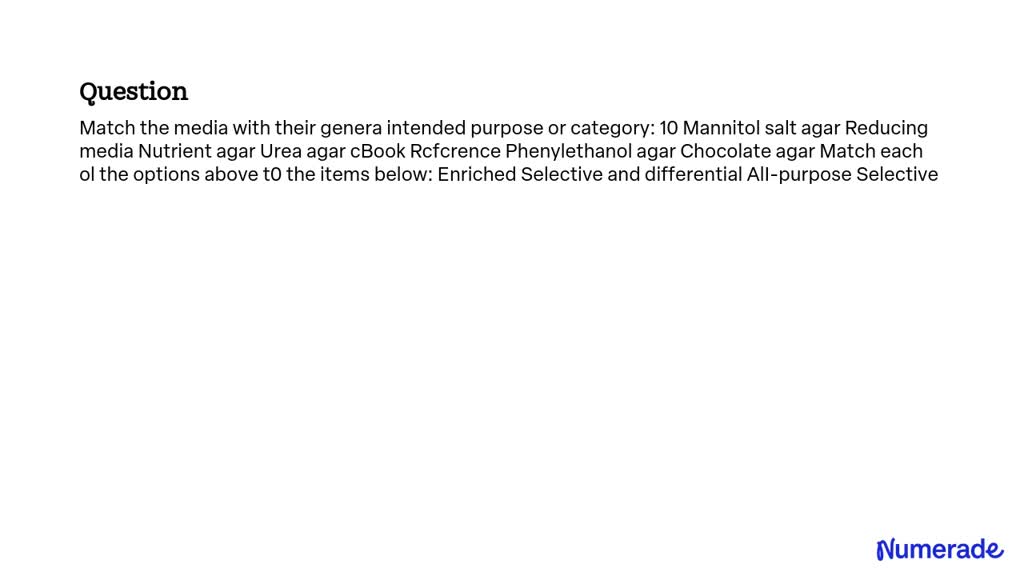
![Match The Media With Their General Intended Purpose Or Category. [GET ANSWER] Match the media with their general intended purpose or](https://cdn.numerade.com/ask_images/1681fc2f97244e33ae44d429e0cb5738.jpg)

